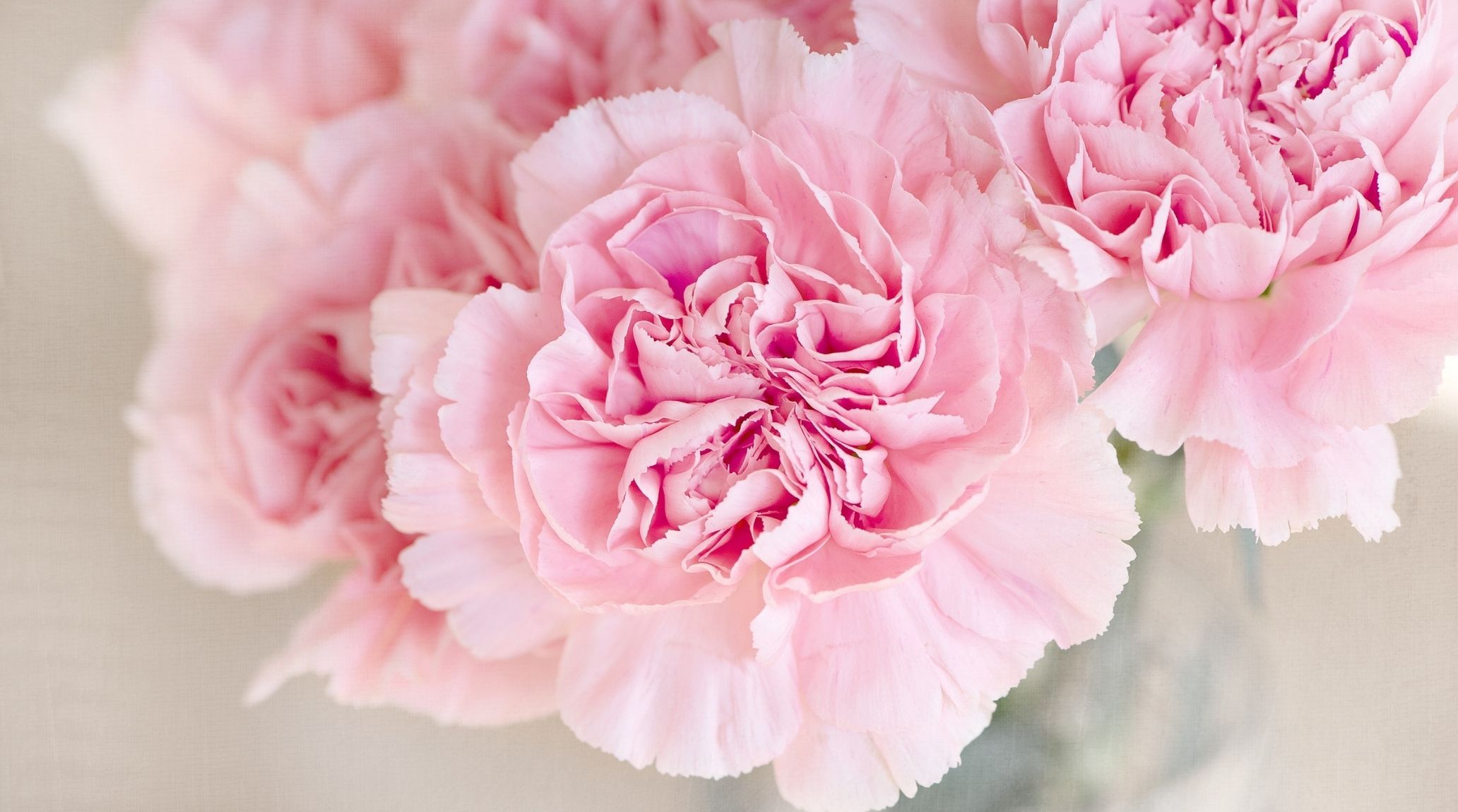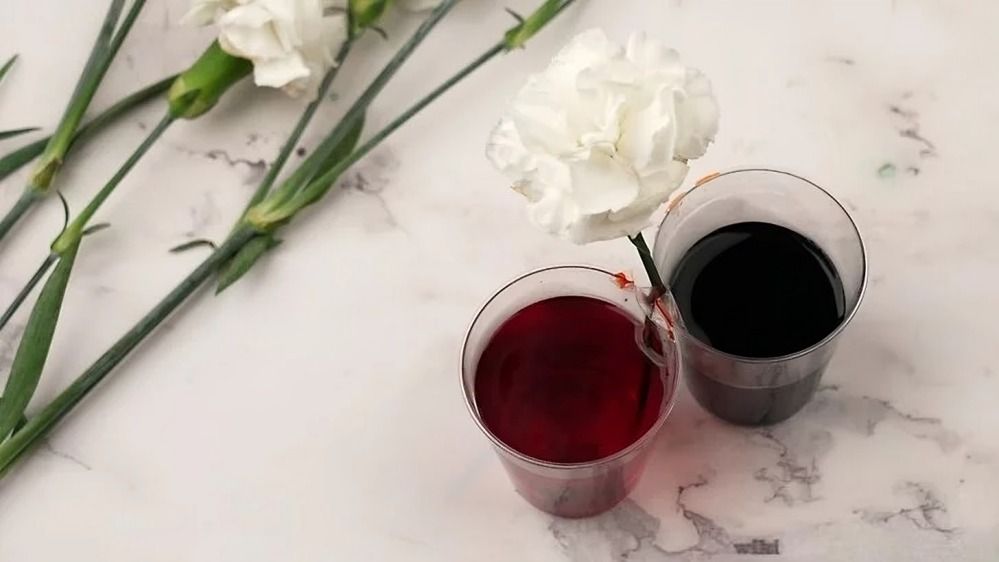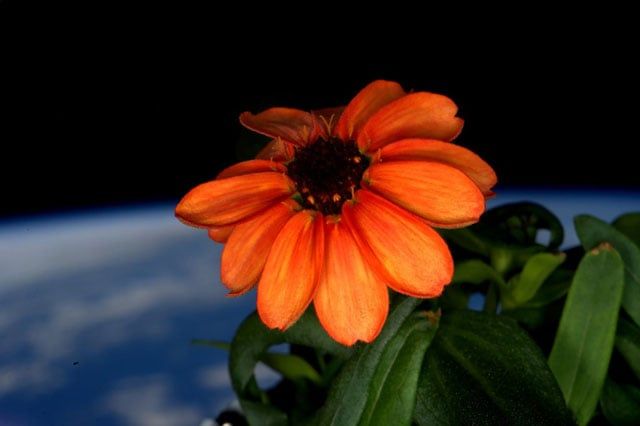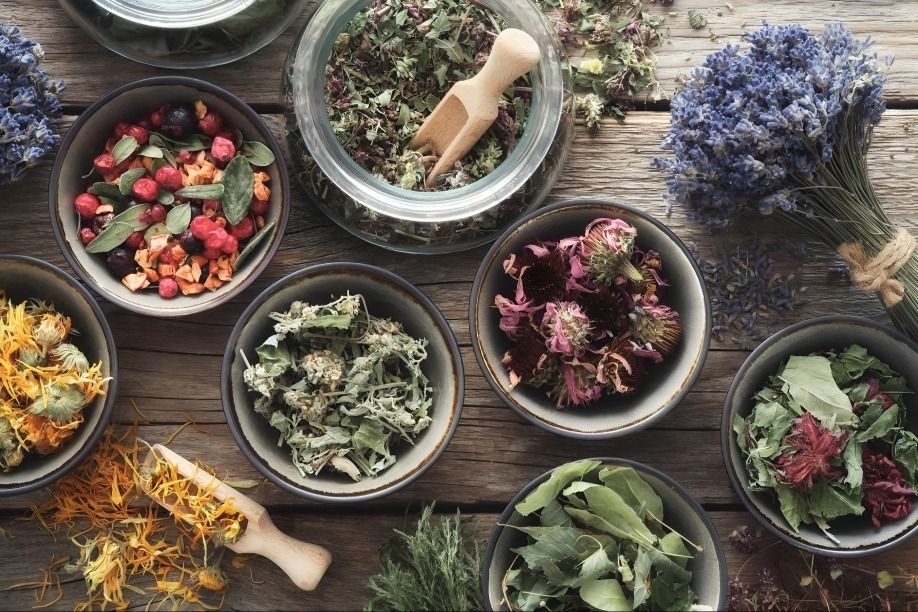
“
Discover the captivating world of carnations with these fascinating facts tailored for young gardeners and flower enthusiasts. Carnations, with their vibrant colors and rich symbolism, have a storied history that spans ancient civilizations to modern-day space exploration. From their unique petal structure to their role in cultural traditions, each fact about carnations unveils a new facet of these beloved flowers. Join us on a journey through 20 Carnation Flower Facts, designed to inspire curiosity and appreciation among curious young minds.1
1
”
The scientific name for carnations is Dianthus caryophyllus. Derived from Greek, 'dios' means Zeus or God and 'anthos' means flower, translating to 'flower of the gods.' This fitting name reflects the divine beauty of these blossoms. 1
Deer, especially in areas with limited natural food, may nibble on carnation flowers. Similarly, rabbits might occasionally eat carnations if available, and while less common, squirrels may also show interest in these plants. 2
The longest fresh-flower lei, made from 80,000 carnations, measured 5.01 km (3.11 miles) and was created by 120 volunteers in Chennai, India, on 2 January 2012. 3
Red carnations convey love and admiration, white ones symbolize pure love and good luck, while pink carnations express gratitude and deep admiration, making them versatile in their symbolism. 4

Historically, carnations have been used as natural dyes. The petals, especially from certain varieties, were boiled to extract vibrant colors, which were then used to dye textiles and add hues to food, showcasing their practical applications beyond decoration.
Carnation petals were traditionally utilized in herbal medicine for their mild sedative effects. They were brewed into soothing teas or applied topically to relieve skin irritations and minor aches, highlighting their therapeutic uses in past medical practices. 5
You can change a white carnation's color by placing it in a mixture of water and food coloring. Within 24 hours, the flower absorbs the color, creating a vibrant new hue. It’s a fun blend of magic and science! 6

Carnations were among the first flowers to be grown in space aboard the International Space Station. This experiment was designed to study how plants adapt and develop in microgravity, marking a milestone in understanding plant growth beyond Earth.
Certain varieties of carnations, such as those with clove-like scents, are renowned for their pleasant fragrance. This aroma is frequently used in the production of perfumes and essential oils, demonstrating the flower’s appeal in the fragrance industry.7
In some cultures, carnations are incorporated into culinary practices. The petals are used to add color and a delicate floral flavor to salads or are crystallized for use as decorative elements on cakes, showcasing their versatility in food preparation. 8
Carnations typically have a lifespan of about 7 to 14 days after being cut, depending on their care. To extend their life, keep them in fresh water, remove any wilted petals, and place them in a cool spot away from sunlight. 9
At Oxford University, students follow a tradition of wearing carnations during exams. They start with a white carnation for the first exam, switch to pink for intermediate ones, and end with a red carnation for the final exam, a practice rooted in tradition. 10
Carnation seeds have a lengthy dormancy period, often taking 3-4 weeks to germinate. This slow sprouting process is influenced by factors such as temperature and light, making patience essential for successful cultivation. 11
In some countries, carnations hold national significance. For instance, in Spain, red carnations are worn or displayed during certain holidays and events as a patriotic symbol, reflecting their cultural importance and association with national pride. 12
In France, carnations are often chosen for funeral tributes to honor loved ones. While this might seem somber, it underscores the deep respect and significance attributed to these flowers, highlighting their meaningful role in commemorating the deceased.13
Carnation is cultivated worldwide in a range of climates, from temperate to subtropical. They prefer well-drained soil and moderate sunlight, making them adaptable and popular among gardeners for their ease of cultivation and vibrant blooms. 14
Carnations are the official flower for first wedding anniversaries. Their enduring beauty and variety of colors make them a fitting symbol of lasting love and celebration of the first year of marriage. 15
Carnations can be brewed into a fragrant and flavorful tea. The delicate petals infuse the water with a subtle, floral aroma and taste, making for a soothing and aromatic beverage that's both refreshing and enjoyable. 16
Carnations are the birth month flower for January. Their vibrant colors and varied forms symbolize admiration and love, making them a fitting choice to celebrate those born in the first month of the year. 17

In traditional Chinese medicine, carnations are believed to have healing properties, including stress relief and relaxation. Their use in herbal remedies reflects their role in promoting well-being and alleviating various health concerns.


